A FAMOUS photograph taken by Cecil Beaton of an Indian princess features in an exhibition of his work, Fashionable World, at the National Portrait Gallery.
Beaten made his name by taking pictures of the English upper classes and also Hollywood stars, but some of his most striking – and evocative – images are of Indian royalty.
One taken in 1935 was of Sita Devi, Princess Karmajit of Kapurthala, who was also known as Princess Karam and eulogised as “the Pearl of India”.
She was the muse of several photographers, including Beaton, and considered “one of the most beautiful women in the world”. Born into the Hindu Rajput royal family of Kashipur in 1915, she embarked on a remarkable journey at the age of 13 when she married Prince Karamjit Singh, the younger son of Maharajah Jagatjit Singh I of Kapurthala in Punjab. She died in 2002.
According to one report, “her frequent visits to Paris saw her rubbing shoulders with the crème de la crème of European society, enchanting the Parisian elite with her exquisite blend of traditional Indian elegance and European haute couture. Her sartorial choices were a seamless fusion of her royal Indian heritage and the avant-garde fashion of Paris, making her a muse for esteemed designers like Mainbocher and Madame Grès. She effortlessly carried saris with the same grace as she did the luxurious gowns and fur coats designed by these fashion legends, often accessorised with jewels from Cartier and Boucheron.
“At the age of 19, Vogue hailed her as a ‘secular goddess’, a title that reflected her transcendent appeal and impeccable fashion sense. Her influence extended beyond borders, captivating the imagination of the Italian designer Elsa Schiaparelli, who was so inspired by the princess’s saris that she dedicated her 1935 collection to them. This collection was a homage to the traditional Indian garment, reimagined through the lens of European haute couture. Schiaparelli’s designs captured the fluidity and grace of the sari, while infusing it with the avantgarde spirit of the time, thus bridging two distinct cultural aesthetics. The princess’s impact on the fashion world was profound, as she brought the elegance of Indian attire to the forefront of the Parisian fashion scene, influencing styles and trends across continents.”
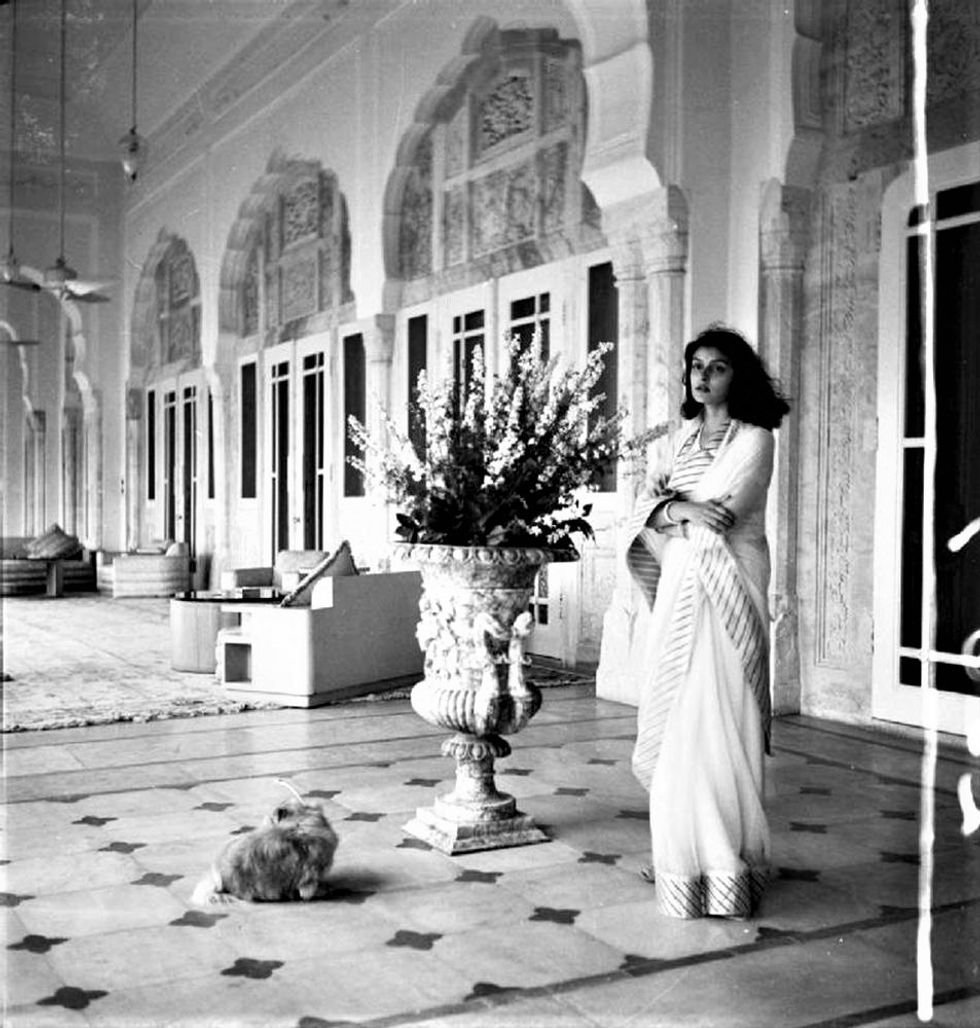
Fashionable World will be the first exhibition to exclusively explore Beaton’s pioneering contributions to fashion photography. “From Hollywood stars and titans of art, to high society and royalty, the exhibition will feature portraits of some of the twentieth century’s most iconic figures, including Marilyn Monroe, Audrey Hepburn, Elizabeth Taylor and Marlon Brando; Queen Elizabeth II and Princess Margaret; as well as Lucian Freud, Francis Bacon and Salvador Dalí,” the NPG has announced.
The exhibition is curated by photographic historian and contributing editor to Vogue, Robin Muir.
In 2020, he curated another Beaton exhibition, Bright Young Things, at the NPG but this had to be closed because of the pandemic. That, too, had a photograph of Princess Karamjit.
The caption to her photograph then read: “A fixture on the social scene in the pre-war years, the Princess was in demand, frequently for jewellery stories, not least because her husband commissioned extravagant pieces from Cartier and Van Cleef and Arpels. Cecil photographed her in diamond bracelet by Cartier, emblazoned with an emerald, which he recalled, was ‘the size of a small fruit’. The princess’s credentials as a style leader were cemented when (Italian fashion designer) Elsa Schiaparelli based a collection on her colourful saris.”
She also merited a whole page in the 2020 catalogue which explained: “Beaton had been transfixed by one Indian in particular, the beautiful Sita Devi, Princess Karam of Kapurthala.
“Her mondaine chic inspired Ira Gershwin’s lyrics to Maharanee (A Night at the Races in Paris), a number from the Broadway revue, The Ziegfield Follies of 1936.”
The lyrics went: Even if you were just half as sweet, /It would still be like heaven to meet/Such a gay Maharanee/Paris is at your feet!
Fashionable World, which will open next month, will display around 250 items, including photographs, letters, sketches and costumes.
Muir commented: “Cecil Beaton needs little introduction as a photographer, fashion illustrator, triple Oscar-winning costume designer, social caricaturist, elegant writer of essays and occasionally waspish diaries, stylist, decorator, dandy and party goer. Beaton’s impact spans the worlds of fashion, photography and design. Unquestionably one of the leading visionary forces of the British twentieth century, he also made a lasting contribution to the artistic lives of New York, Paris and Hollywood.”
Victoria Siddall, director of the NPG, pointed out: “The National Portrait Gallery has a long and distinguished history with Cecil Beaton. His work was the subject of the NPG’s first dedicated photography exhibition in 1968, made in collaboration with Beaton himself, as well as being the first solo survey accorded any living photographer in any national museum in Britain. We are honoured to be working with Vogue’s Robin Muir, whose exhaustive research, vision and flair will guide us through Beaton’s innovative and storied influences on the fashion world.”
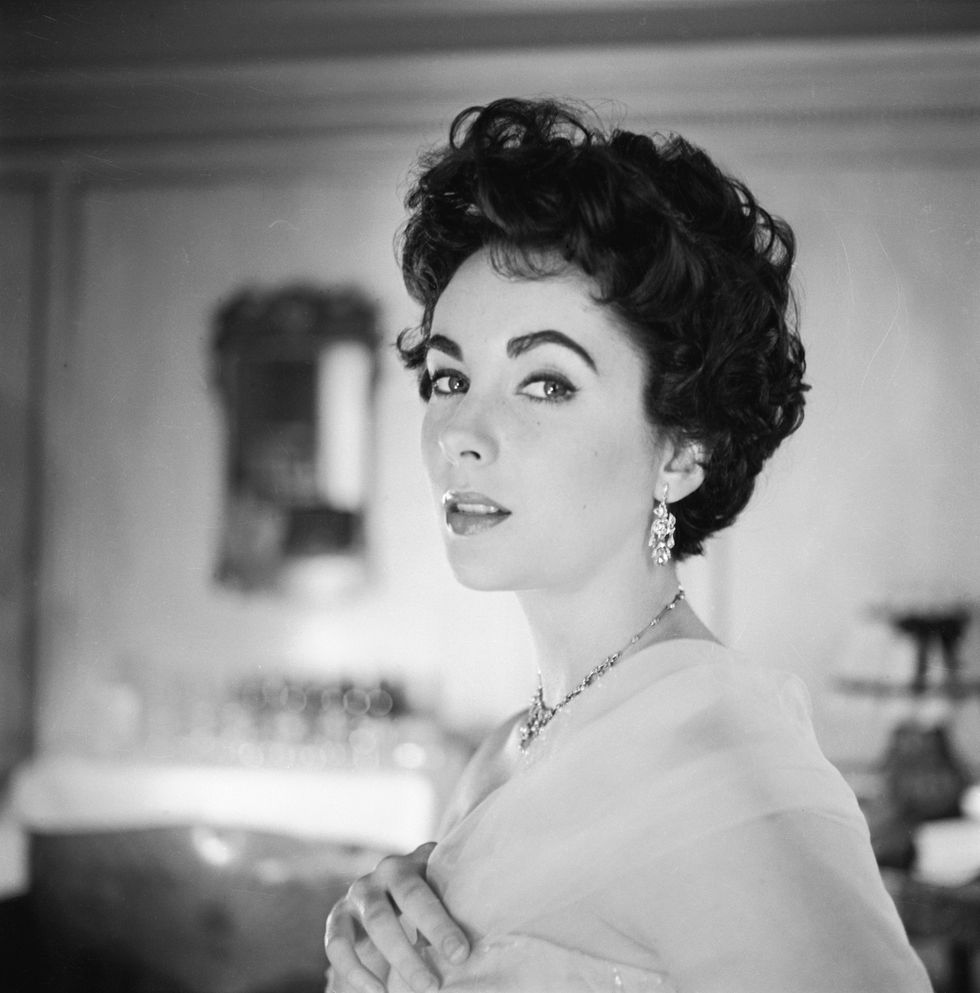
The exhibition catalogue will explain why “Cecil Beaton (1904–1980) was an extraordinary force in the 20th century British and American creative scenes. Renowned as a fashion illustrator, Oscarwinning costume designer, social caricaturist, essayist, and decorated writer, Beaton’s impact spans the worlds of fashion, photography, and design.”
The NPG added, “Known as ‘The King of Vogue’, he elevated fashion and portrait photography into an art form. His eradefining photographs captured beauty, glamour, and star power in the interwar and early post-war eras.
“Through several interwoven themes, the world of Cecil Beaton will be examined in detail. The exhibition will follow Beaton’s career from its inception, as a child of the Edwardian era experimenting with his first camera on his earliest subjects, his two sisters and mother (c. 1910), his years of invention and creativity as a student at Cambridge University, to his first images of the high society patrons who put him on the map. Including Stephen Tennant and the Sitwell siblings.
“The exhibition will journey through the London of the 1920s and 1930s, the era of the Bright Young Things and Beaton’s first commissions for his greatest patron, Vogue, to his travels to New York and Paris in the Jazz Age. Drawn to its glamour and star wattage, Beaton photographed the legends of Hollywood in its Golden Age. Cecil Beaton’s first royal photographs appeared in the late 1930s. As the Second World War loomed, he defined the notion of the monarchy for a modern age. Appointed an official war photographer by the Ministry of Information, his wartime service took him around the globe.
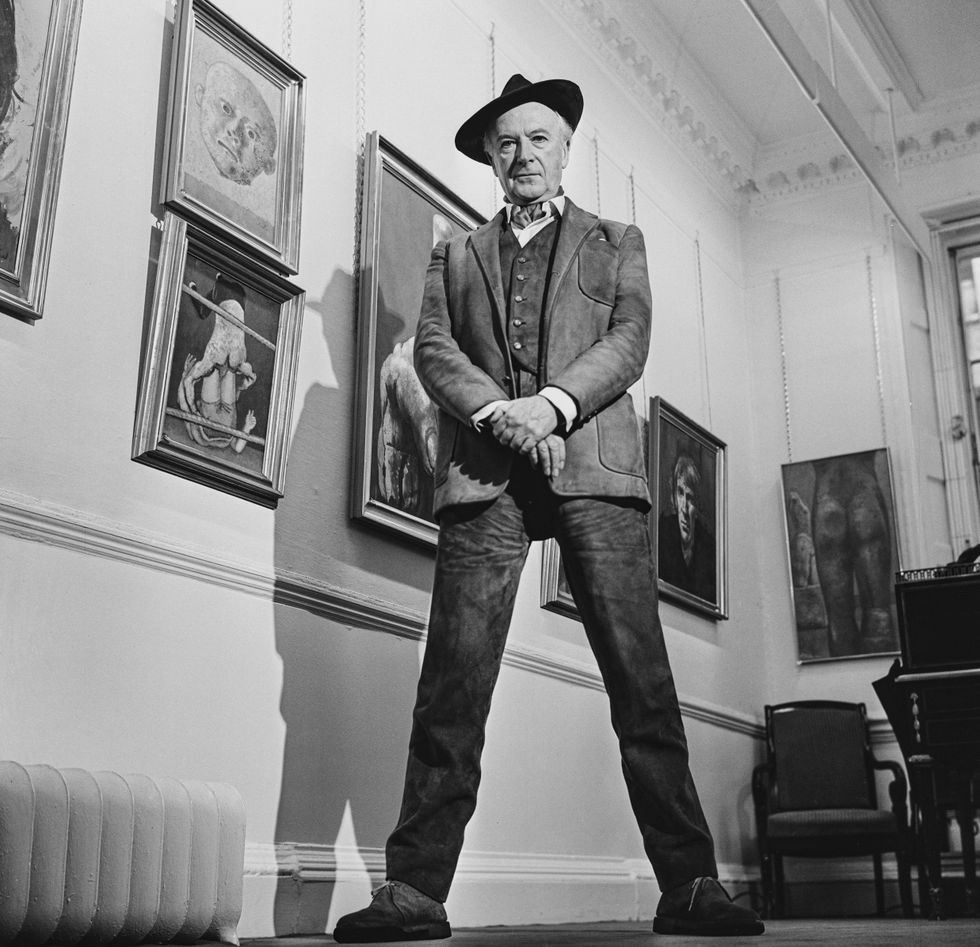
“The war’s end ushered in a new era of elegance and Beaton captured the high fashion brilliance of the 1950s in vivid, glorious colour. The exhibition will end with what many consider his greatest triumph and by which he is likely best known: the costumes and sets for the musical My Fair Lady, on stage and later on screen.
“Almost entirely self-taught, Beaton established a singular photographic style; a marriage of Edwardian stage portraiture, emerging European surrealism and the modernist approach of the great American photographers of the era, all filtered through a determinedly English sensibility.”
In India he also photographed Gayatri Devi, the Maharani of Jaipur; the Maharani of Pratapgarh, Chimnabai II; and Maharani Kusum Kunwarba of Chhota Udepur in Gujarat.
Photographing Indian royals helped Beaton obscure his own middle-class origins, which greatly embarrassed the photographer. In 1923, he admitted: “I don’t want people to know me as I really am, but as I am trying and pretending to be.”
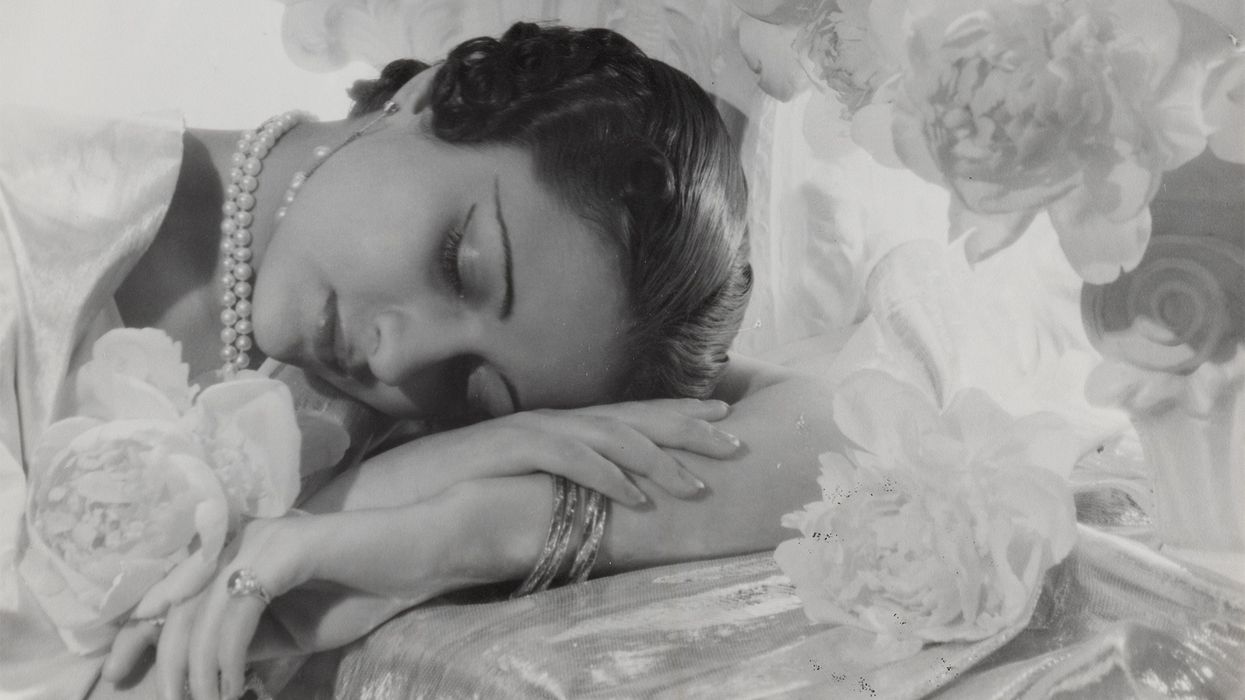

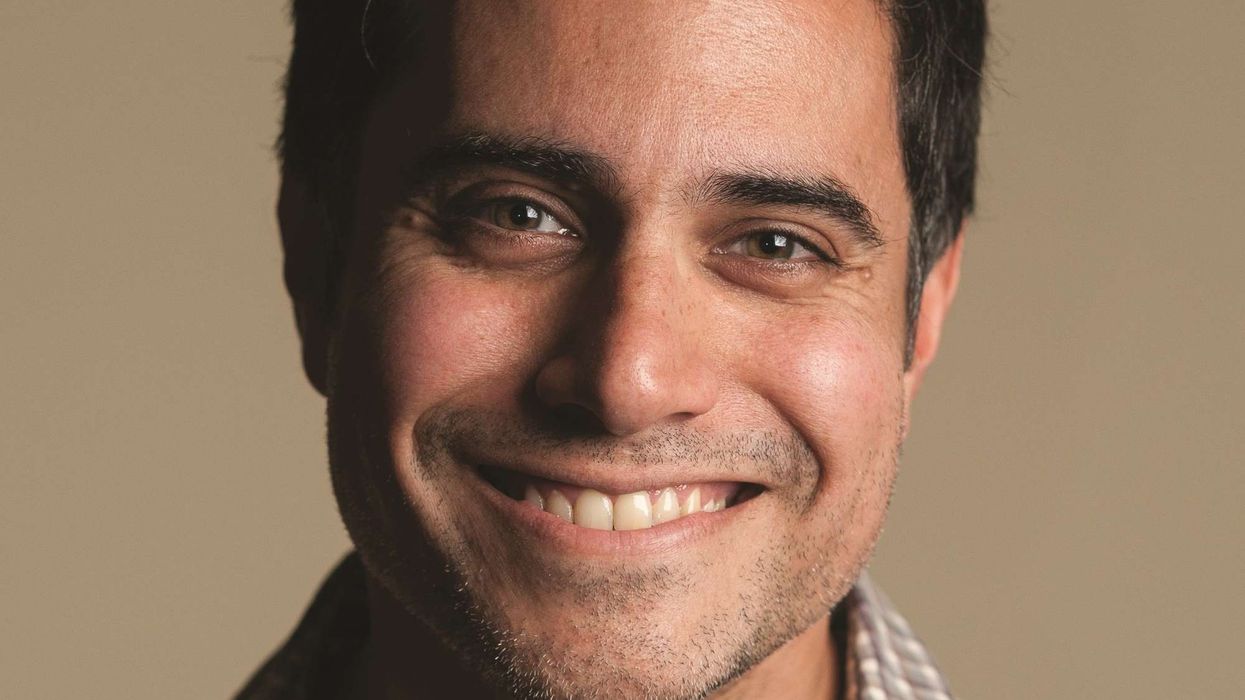
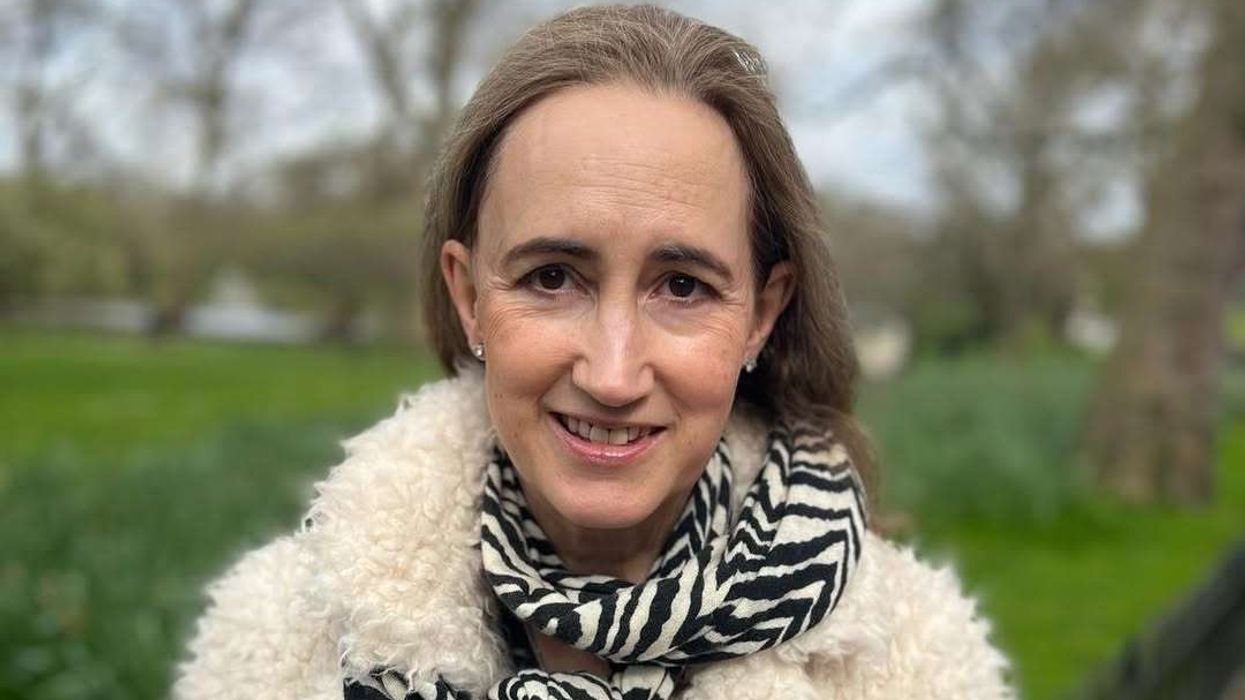
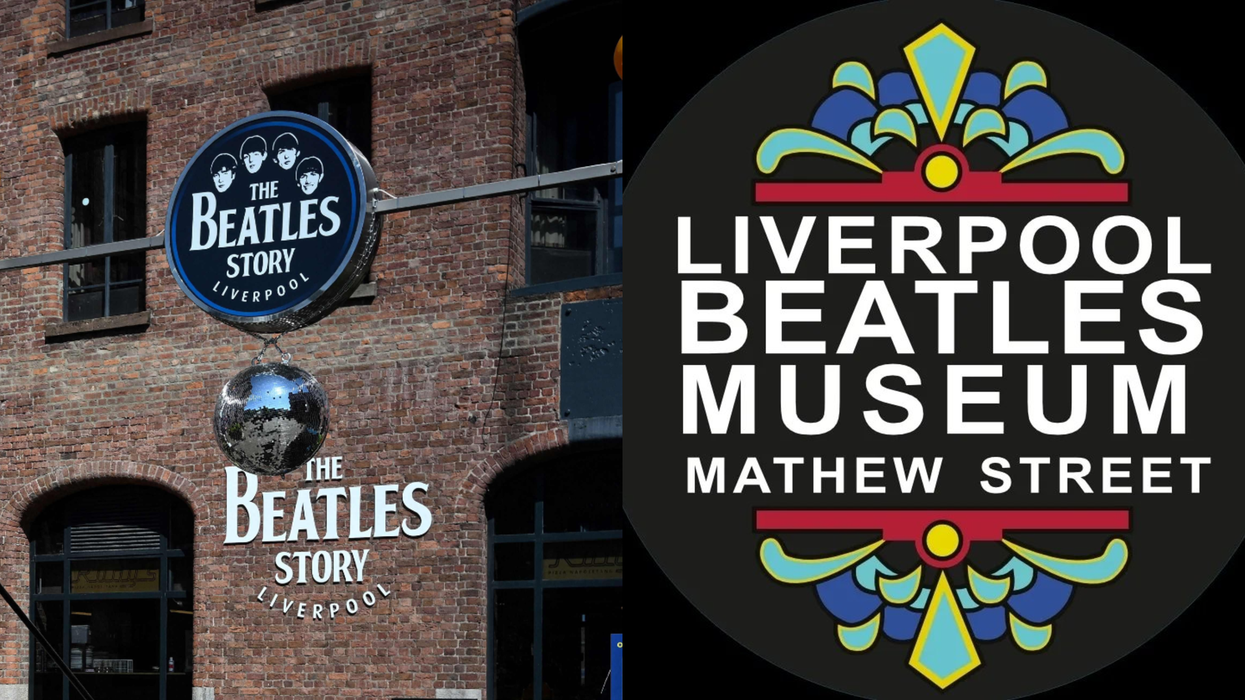

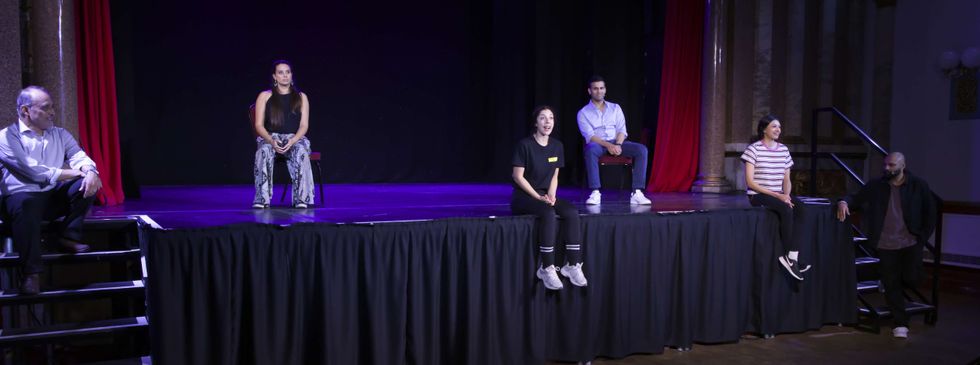 The play is written by Tarun Jasani and directed by Mukul AhmedMGT
The play is written by Tarun Jasani and directed by Mukul AhmedMGT






